Libraries are more than just safe havens for reading and research. Many are cherished beacons of their community, and feature outright stunning architecture, art collections, and galleries. In fact, you could plan entire trips around visiting the best libraries in the U.S., even if you aren’t all that into books. But where to start?
As book banning remains incredibly unpopular across the country, public libraries have become more popular than ever. And it’s not just eBooks and physical copies that keep people interested in these institutions. Libraries have increasingly become places where educational workshops and other family-friendly activities take place. They can also serve as tourist attractions with landmark-worthy architecture both inside and out.
However, spreading a love of reading remains a top priority among libraries, which is why many feature large, tranquil spaces that are meant just for this purpose. Reading can even benefit little ones who haven’t quite explored literary works yet. In fact, one study found that reading regularly to newborns and infants has been shown to help develop their language skills.
However, with thousands of libraries situated in the country’s communities, you may be wondering how you can come up with a list of the top ones to visit, even if you’re not the biggest bibliophile on the block. Don’t worry, as StudyFinds consulted expert websites to come up with our list of the best libraries in the U.S. Tell us which one is your favorite in the comments below!
The List: Best Libraries in the U.S., According to Experts
1. Boston Central Public Library
While Boston’s Central Public Library is currently made up of two buildings, the McKim Building is a jewel of the city. The European Renaissance styled building is home to massive bronze doors, a central courtyard, and the famous Bates Hall – a reading room with barrel-vaulted ceilings and decked out with English oak shelves, beautiful arched windows, and a sea of iconic green lamps.
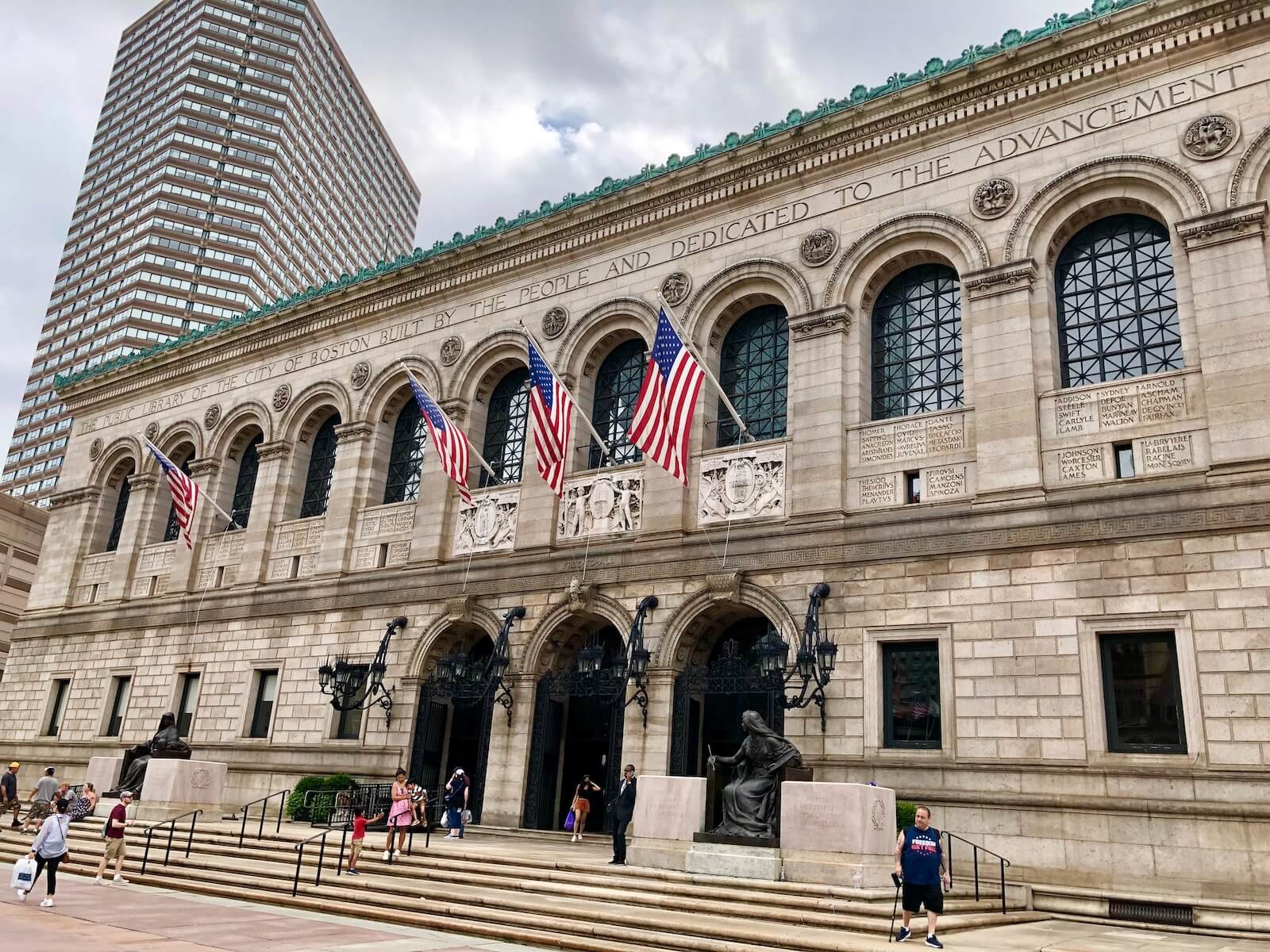
“The building was designed in a Beaux-Arts architectural style, and its Bates Hall, one of the most striking areas of the library, features a tall, coffered ceiling that’s reminiscent of Renaissance buildings,” writes Best Life.
“The Boston Public library, established in 1848, was the first municipal library in all of the U.S.,” notes Mental Floss. “In 1895, the current building, called a ‘palace for the people’ by architect Charles Follen McKim, was completed in Copley Square. In 1972, the building was expanded, and it now contains over 8.9 million books, a number of rare manuscripts, maps, musical scores, and prints. It even has first edition folios from Shakespeare and original music scores by Mozart.
The Culture Trip notes “Its design has evolved over the years, with architect Charles Follen McKim completing his palace for the people in the present Copley Square location in 1895, before architect Philip Johnson designed an addition in 1972…The library is considered an example of great American beaux-arts classicism – and, indeed, it became a national historic landmark in 1986. Inside the building are murals, collections of rare books, prints, manuscripts and maps, as well as gallery space.”
2. Stephen A. Schwarzman Building in New York City
Commonly known as the main building of the New York City Public Library system, this iconic landmark of the Big Apple is the largest municipal library in the country. The beautiful Rose Reading Room features 52-foot tall ceilings decorated with gilded skyscapes that you won’t want to miss.
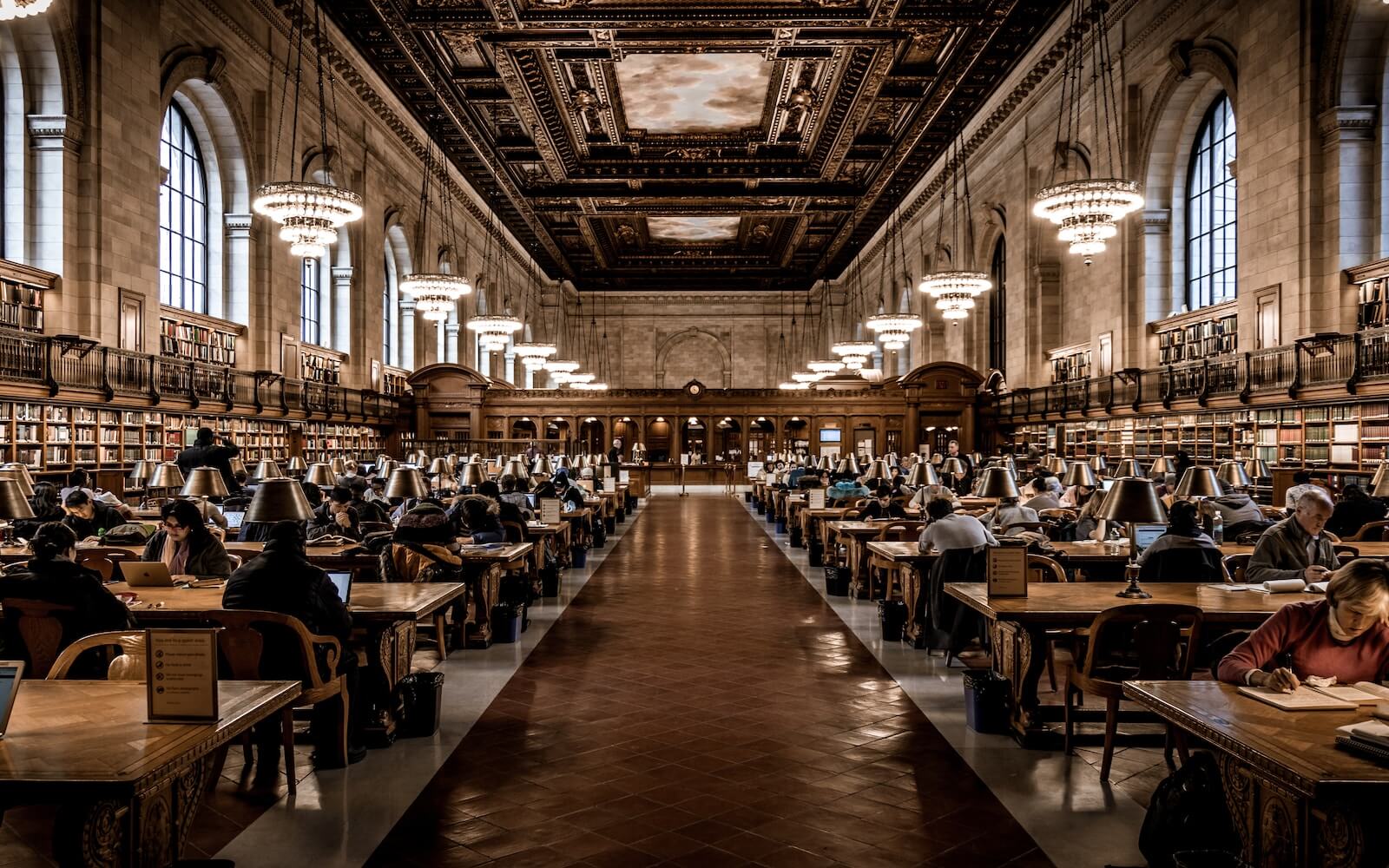
Wall Street Insanity calls the main branch of the New York City Public Library “one of the most well-known in America…Construction began in 1899 and took 12 years, as it is made mostly of marble; the exterior marble is 12 inches thick! The stately lions guarding the front entrance stretch out over eleven feet – longer than their real life counterparts! The collection itself consists of over 125 miles of shelved books, and includes 40,000 menus from the 1850s to the present.”
“The Stephen A. Schwarzman Building of the New York Public Library system is a masterpiece of Beaux-Arts architecture, centrally located next to Bryant Park on Fifth Avenue and 42nd street in Manhattan, writes Curbed. “Today, it houses some 15 million items, including medieval manuscripts, ancient Japanese scrolls, and contemporary novels.”
And Bob Vila writes, “The twin statues flanking the entrance to this Beaux-Arts structure are two of the Big Apple’s most recognizable landmarks, and the inside of the Main Branch of the New York Public Library is no less impressive. One of the most beautiful interior views is the Main Reading Room with its lofty 52-foot-high ceiling. The building was declared a National Historic Landmark in 1965, and was listed on the National Register of Historic Places the following year. As of 2015, the Main Branch housed an estimated 2.5 million volumes.”
3. Library of Congress in Washington D.C.
The world’s largest library is composed of three buildings, though the Thomas Jefferson Building, with its beautiful domed reading room, is the most famous. The library is undoubtedly one of the nation’s best, housing more than 173 million books, manuscripts, photographs, and other historical documents – including a Gutenberg Bible (c 1455) – as well as works of art like marble statues, stained glass, and paintings.
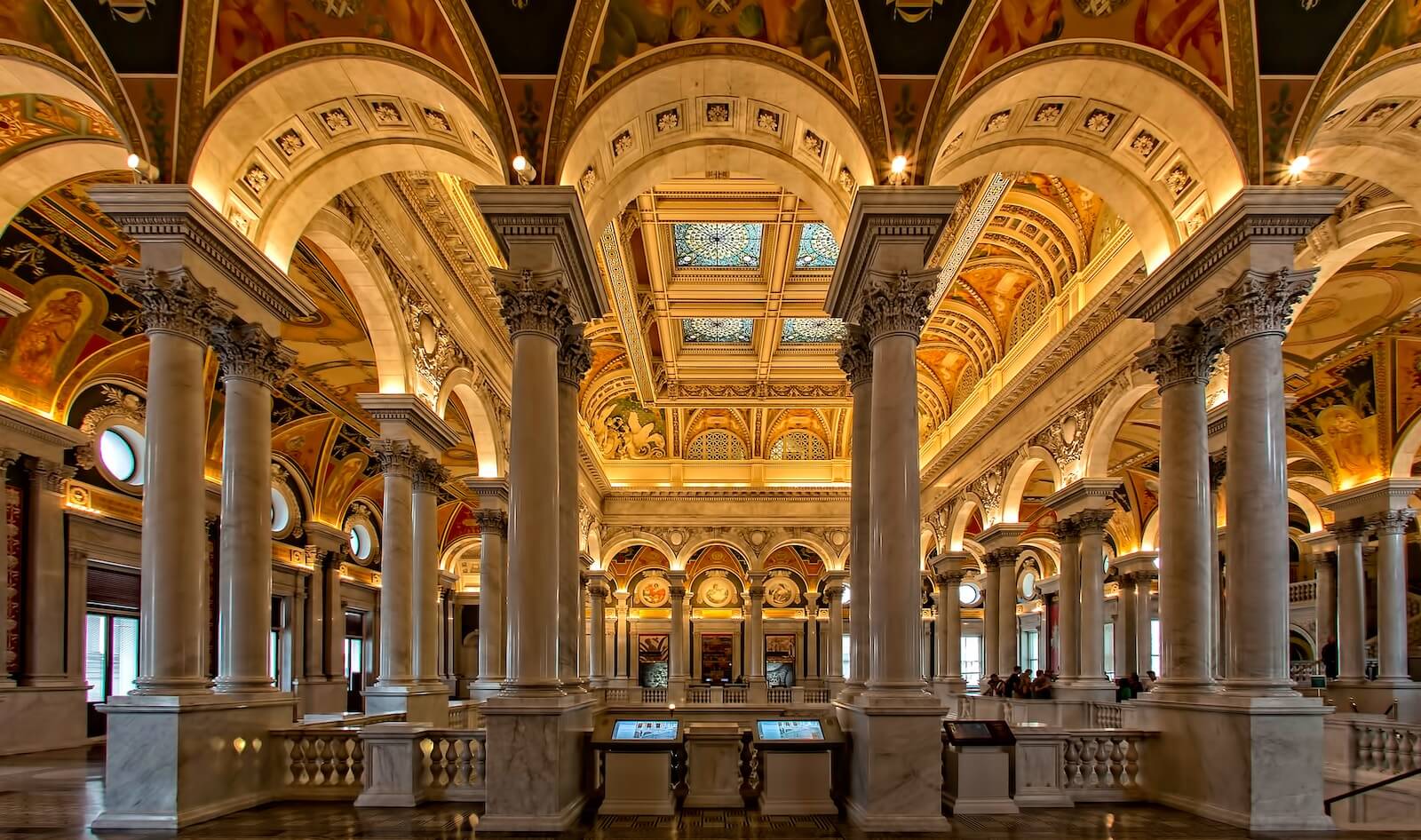
“This landmark building near the U.S. Capitol has plenty of tantalizing attractions for the more bookish among us,” states Fodor’s Travel. “The Great Hall is a riot of marble, columns, and sculpture; climbing the great staircase is a lot like ascending to the Paris Opera House. There are always major exhibitions in galleries near the Great Hall showing off Library treasures like Thomas Jefferson’s original draft of the Declaration of Independence (he condemned slavery, but that part didn’t make the final cut) or one of the earliest known baseball cards (John M. Ward, New York Giants, 1887).”
The Culture Trip writes, “Founded in 1800, the Library of Congress is the oldest federal cultural institution in America. Its original building, which stood until 1814 before it was destroyed by British troops, was commissioned by the second president of the United States, John Adams. His successor, Thomas Jefferson, then offered his personal library – equipped with some of America’s most valuable literary pieces in his possession – and this served as the foundation for the Library of Congress that we see today. The interior of the beaux-arts building features marble, bronze, gold and mahogany; more than 50 American artists contributed to the hand-carved sculptural and painted decorations.”
“It’s a lot to take in at once – statues, window art, colored walls, marbled columns, muraled ceilings, and books upon books upon books,” notes Passport To Eden. “If you took every shelf in the Library Of Congress and lined them up, it would reach from the outskirts of Paris to the border of Czechia. … There are over 120 million artifacts here, from books to ancient Chinese woodblock prints.”
4. Beinecke Rare Book and Manuscript Library in New Haven, CT
A pride point of Yale University, this library’s cubed, windowless exterior stands out from the other buildings on campus. An international resource, it’s one of the best libraries in the U.S. if you want to see rare books, manuscripts, and other documents.
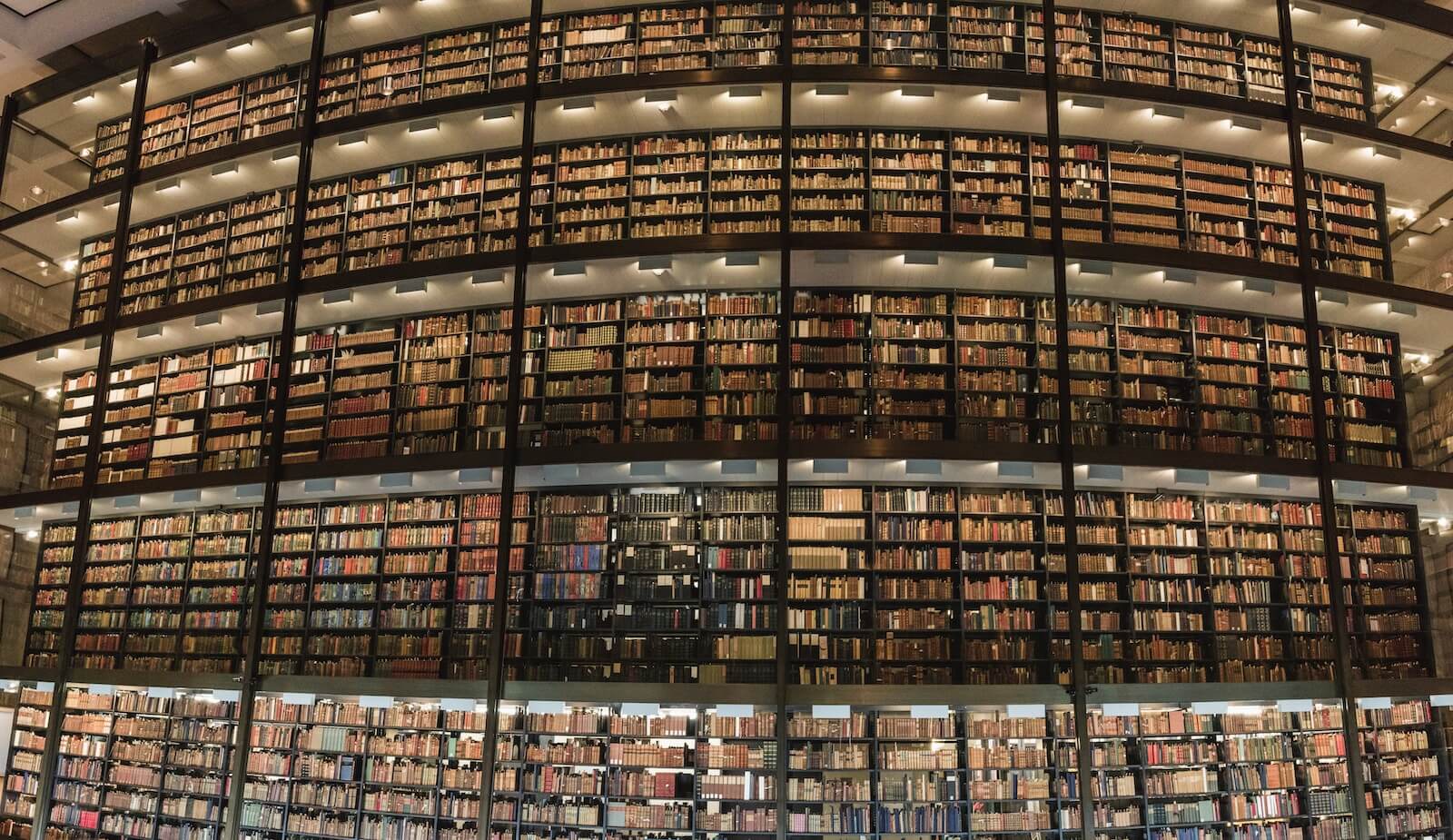
Wall Street Insanity notes that “the library building itself has a geometric exterior of translucent veined marble, which lets in a small amount of natural light, but protects the materials from sun damage. The sunken levels are darker, making the building look like it floats above the plaza. Inside the library, there is a five story, climate controlled, glass-enclosed tower of books.”
“Built in 1963, this astonishing piece of architecture is the largest building in the world designed for the preservation of rare manuscripts,” gushes Lonely Planet. “The windowless cube has walls of marble that reduce the effects of light, while inside the glass tower are sculptural shelves of books, including one of only 48 surviving Gutenberg Bibles (1455) and original manuscripts by Benjamin Franklin, Charles Dickens and Goethe.”
And Bob Vila writes, “The imaginative interior features a six-story glass-enclosed tower of book stacks containing 180,000 volumes. The stacks are constructed of translucent marble panels that filter and refract natural light, allowing the books to be viewed without exposing them to the damages of direct sunlight.”
5. The Richard J. Riordan Central Library in Los Angeles
Located in the heart of downtown Los Angeles, this library is beautiful inside and out. In addition to a huge collection of books, it’s home to many works of art, including sculptures, murals, tile mosaics, and a bronze zodiac chandelier.
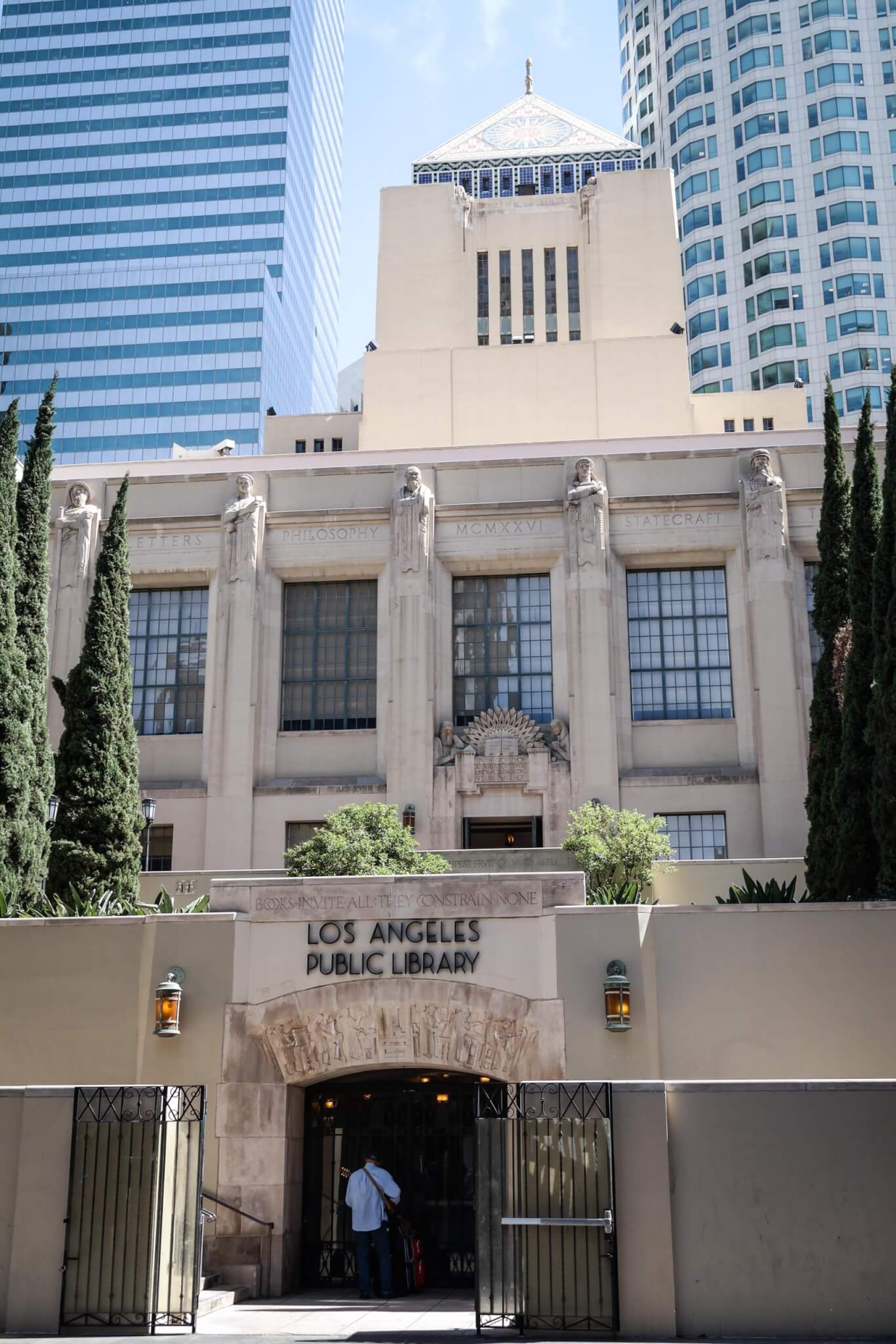
“The Central library of Los Angeles features a striking balance between old and new architecture,” notes Mental Floss. “The original library building was completed in 1926 and featured influences from ancient Egyptian and Mediterranean Revival architecture, including pyramids and mosaics.”
“The building’s exteriors are a marvel of architecture, but the interior of the library is also filled with works of art, including four major murals by Dean Cornwell which display the history of California,” writes Best Life.
“As the largest public library in the west, the Los Angeles Central Library has been captivating book and architecture lovers since its construction in 1926,” states Curbed. “The building’s architect—Bertram Goodhue—drew upon design elements from ancient Egypt to create a geometric facade that is an early example of Art Deco. The library’s most recognizable feature is the tiled pyramid at the top that has a golden hand holding a torch.”
You might also be interested in:
- Best Celebrity Memoirs
- Best Fantasy Books Of All-Time
- Best Science Fiction Books For 2023
- Best Leadership Books For 2023
Sources
- Lonely Planet
- Best Life
- The Culture Trip
- Bob Vila
- Curbed
- Fodor’s Travel
- Mental Floss
- Passport To Eden
- CubeSmart
- Wall Street Insanity
Note: This article was not paid for nor sponsored. StudyFinds is not connected to nor partnered with any of the brands mentioned and receives no compensation for its recommendations.
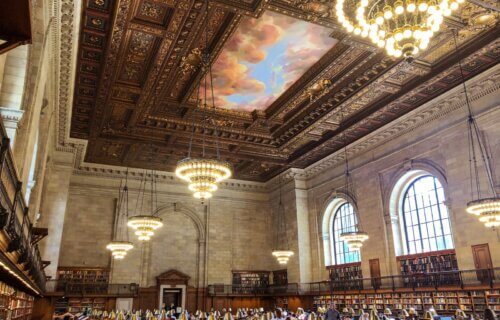
I wonder what it would cost to build such beautiful buildings today.
I remember the fire at the LA Central Library (as it was called then) in 1986. I was one of hundreds who came as volunteers to help salvage and save from water damage as many books and artifacts as possible. It was so heart wrenching to in and see our beloved library hurting like this. It was a living entity. You could feel the pain.